Aberdeenshire in northeast Scotland is a landscape of gentle, rolling hills, wide swaths of pastures and farms, and a dense layer of history beneath. These reminders of the past — castles, standing stones, and vitrified hillforts — punctuate the veneer of modernity around almost every corner and serve modern minds as pictures of wondrous dissonance. This region is Scotland’s “castle country,” but here you’ll also find far older remains, sights like South Ythsie and the subject of today’s missive, Dunnideer Castle.
Referring to Dunnideer as a castle is a bit generous, but it is an undeniably cool visit and an approachable hike in the heart of Aberdeenshire. Dunnideer Hill (sometimes spelled Dunnydeer) stands just south of the A96 and west of the town of Insch. Scudding between pastures you’ll find a wooden post with a sign declaring the distances to Dunnideer Fort and some standing stones. Sounds cool. Let’s do it.
A slim path winds gently uphill through a finger of forest separating farm fields. A little further on from the road, as the tree line breaks, you catch glimpses of a square ruin surmounting a slope of yellow gorse. That is, indeed, Dunnideer Castle and the terminus of the hike. I climbed through a pair of kissing gates and left the forest beneath overcast but mild skies with good visibility and views of agricultural Aberdeenshire.
I passed a handful of dog walkers along the low ridge that connected the forest to the gorse-studded hilltop, then began wending my way between the thorny shrubs. Thankfully the path was clear because gorse is a serious deterrent. Staring at the ruins above me, I could imagine this hillside completely defended by humble gorse with nary a way for invading enemies to approach the castle. This is an easy hike that will get you only a little winded by the time you reach the stoney facade visible from the woods.
From atop Dunnideer Hill, which overlooks the Shevock River, the views are wide-ranging and would have been of obvious utility to anyone looking to defend this slice of fertile highlands. A rectangular hillfort with double ramparts was built here by the 3rd century BC. Over the years it appears to have had a third rampart and a vitrified inner wall. Vitrification is the process by which stone is fused together through intense heat. Vitrified forts are found all over Scotland, but it’s not clear (at least to me) how ancient people generated the intensity of heat required for vitrification. Well, it’s obviously magic, but…you know…
Dunnideer Castle was a simple tower house built inside the earthworks of the old vitrified hillfort. It’s considered to be the oldest extant tower house in Scotland, which is a neat factoid, and it would have had multiple floors set amongst ancillary buildings like storehouses, stables, brewhouses, and other similar ilk.
We don’t have conclusive evidence indicating who built Dunnideer Castle, but local wisdom is that Gregory the Great, king of the Picts, built the castle in AD 880. The first mention of Dunnideer Castle is from a record dated AD 1260 when Sir John de Balliol, the Lord of Dunnideer, made a grant to Lindores Abbey. There are some very famous connections here!
Wandering around the ruins of Dunnideer Castle alone was a pleasure. These are the moments I live for when exploring Scotland — that beguiling combination of history, imagination, and natural beauty.
On my descent from Dunnideer Hill I passed back into the forest and found the mysterious standing stones referenced from the road. Millennia have disguised them as perhaps just some tumble-down stones, but who knows what ancient rites were practiced upon Dunnideer Hill when the world was young?
Whether you’re out for a hike, an investigation into local history, or simply wish to keep dreaming, Dunnideer Castle ticks all the boxes.

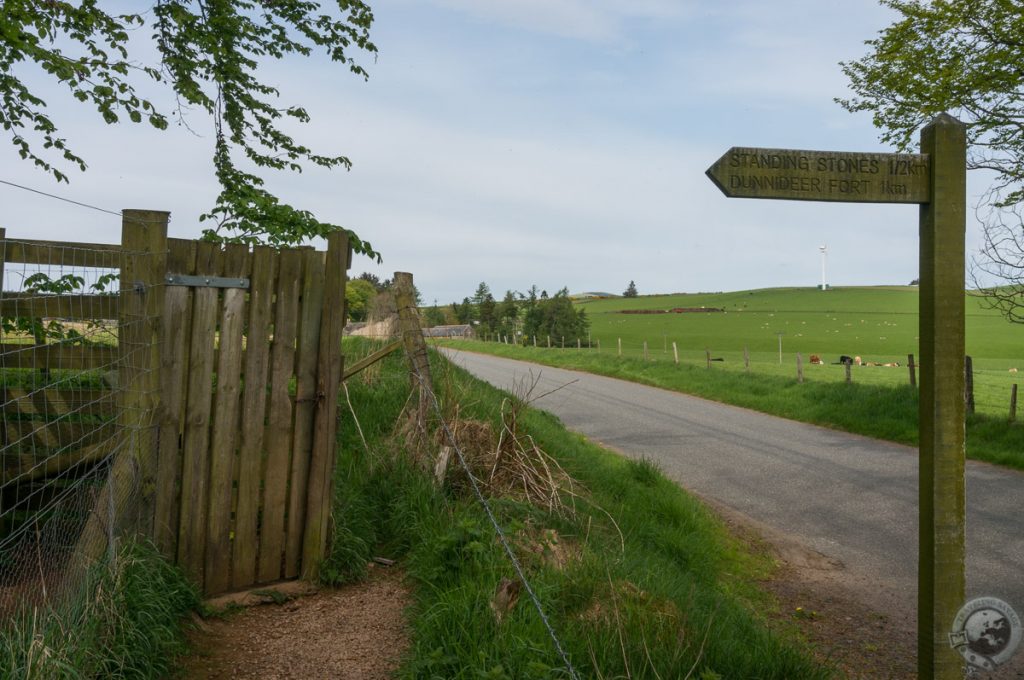
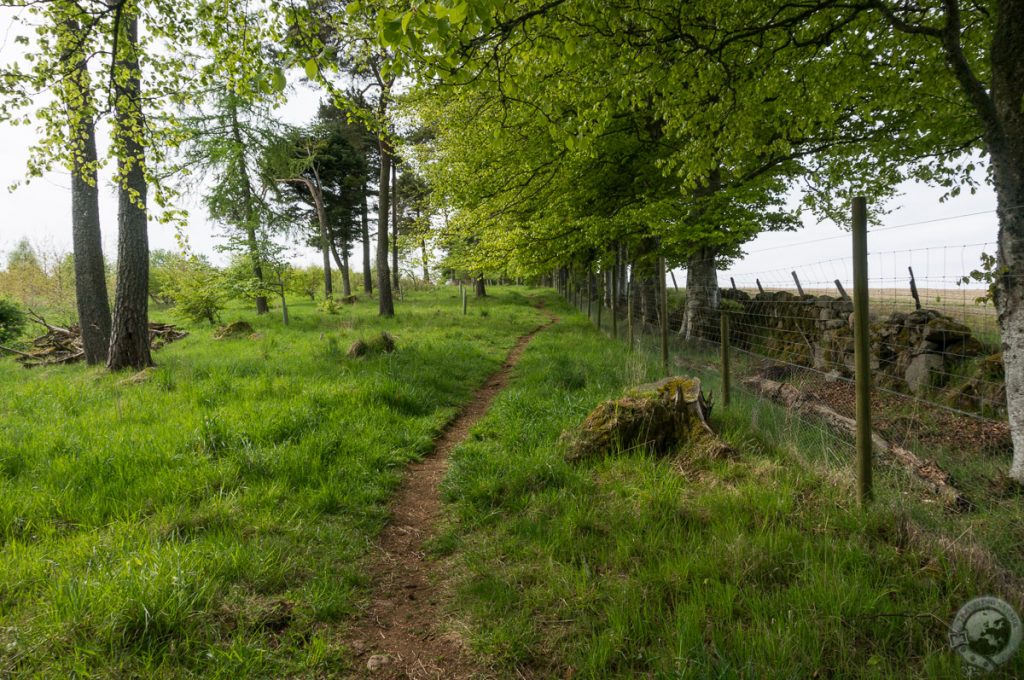
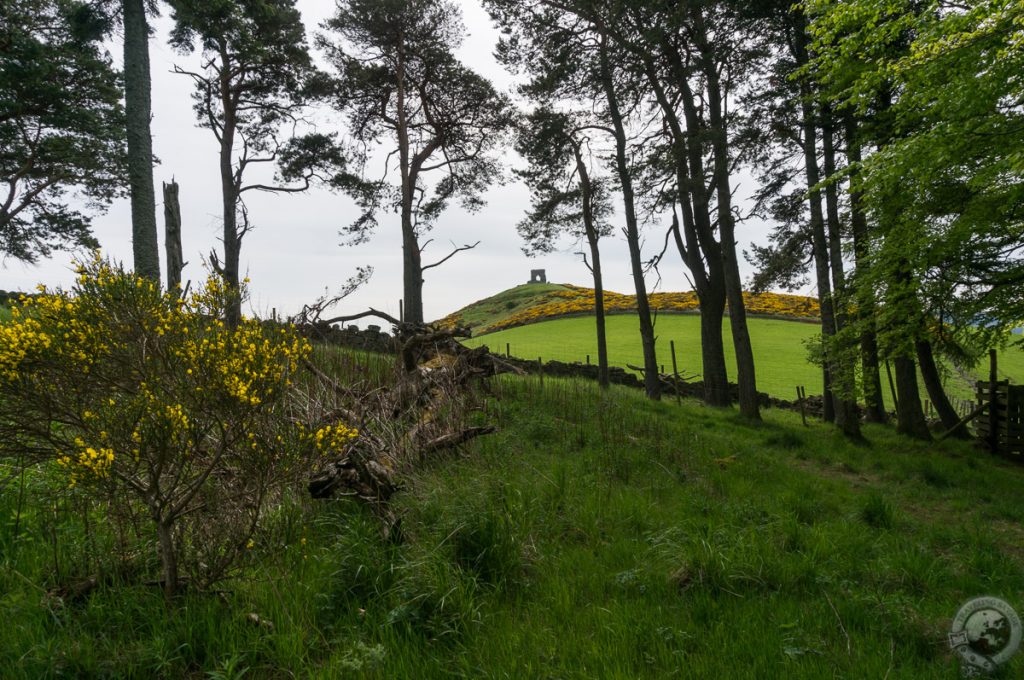
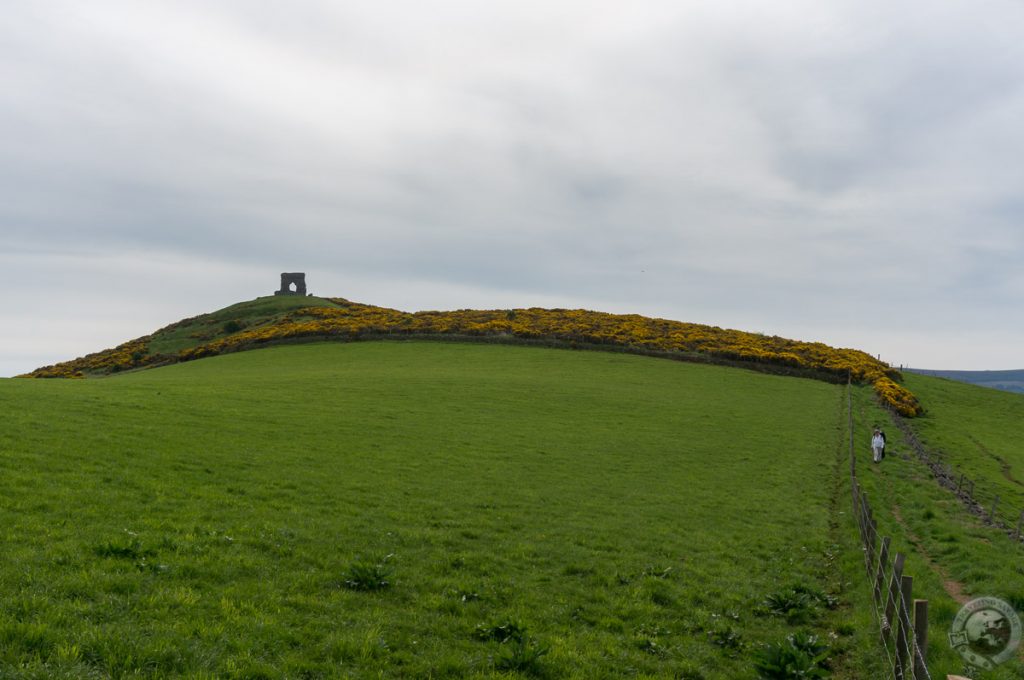
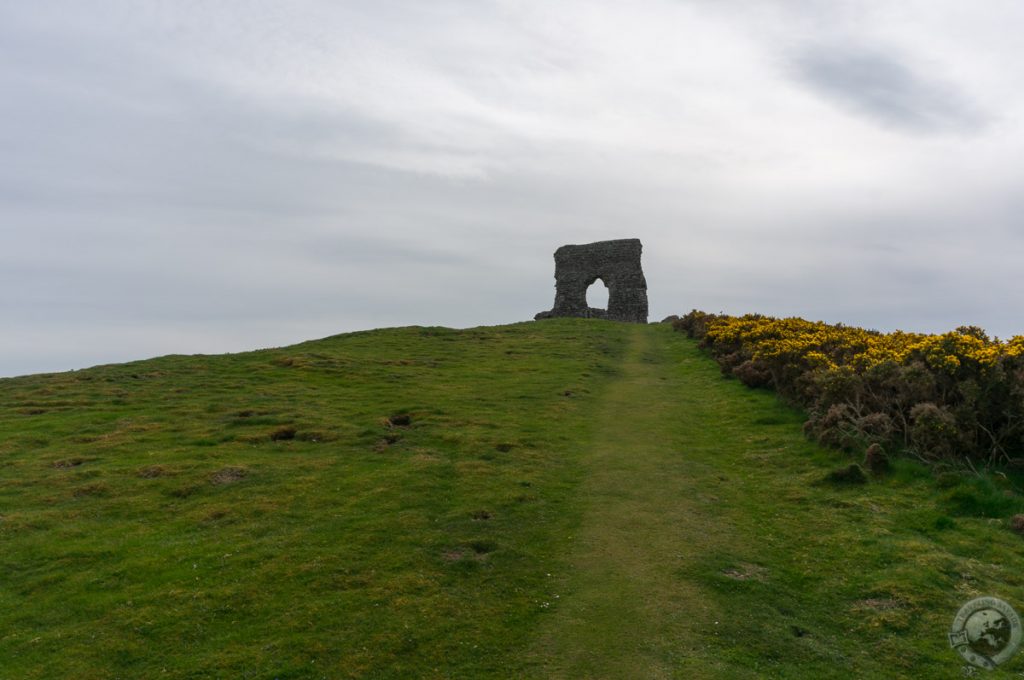
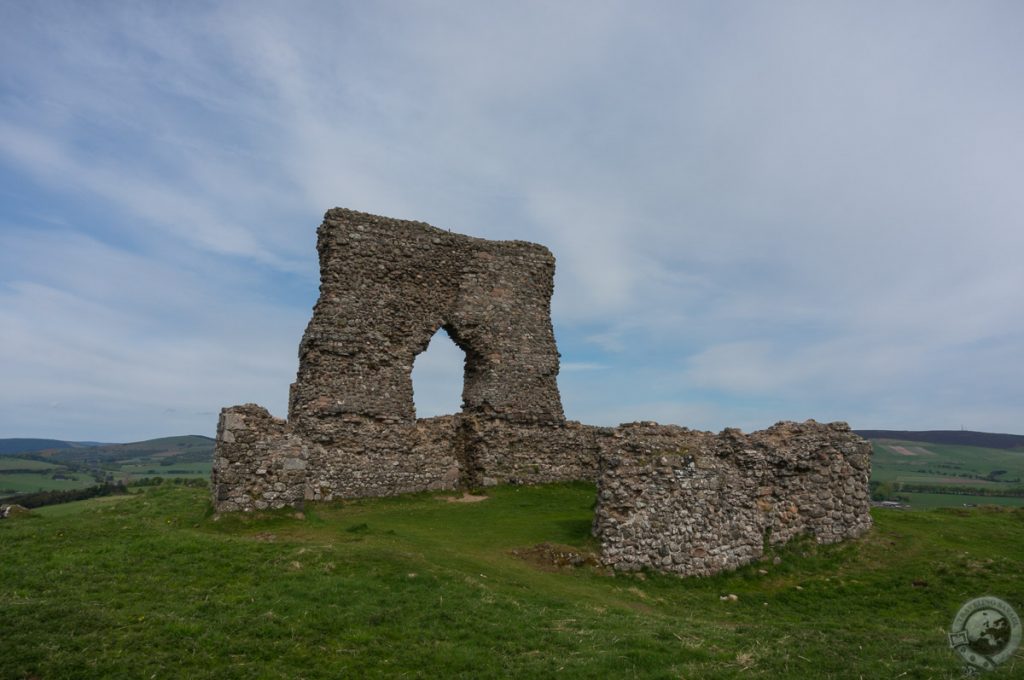
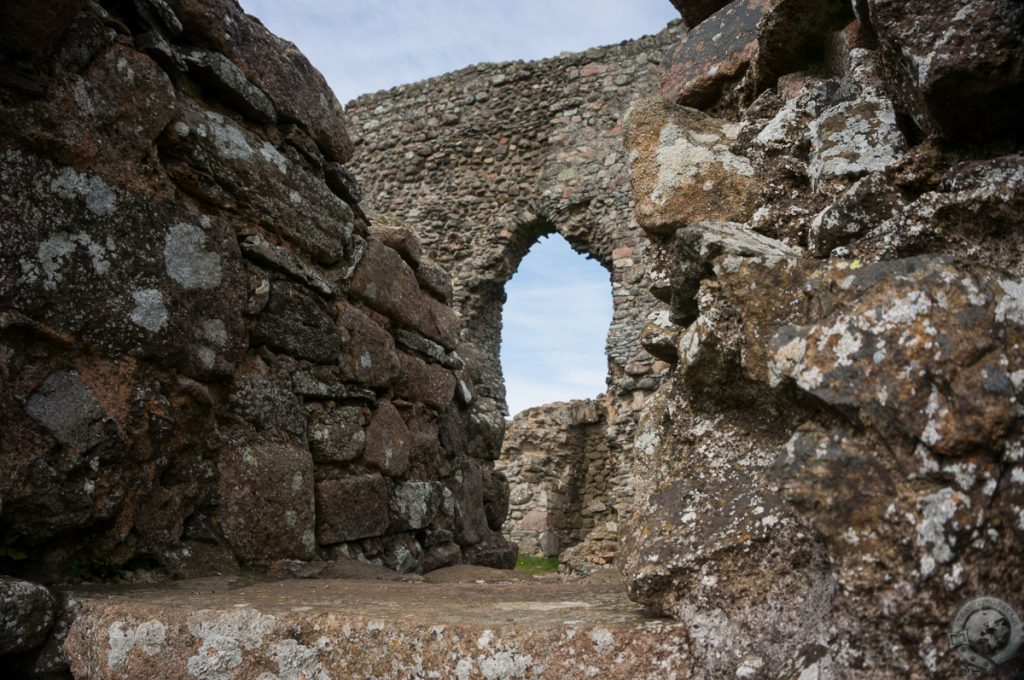
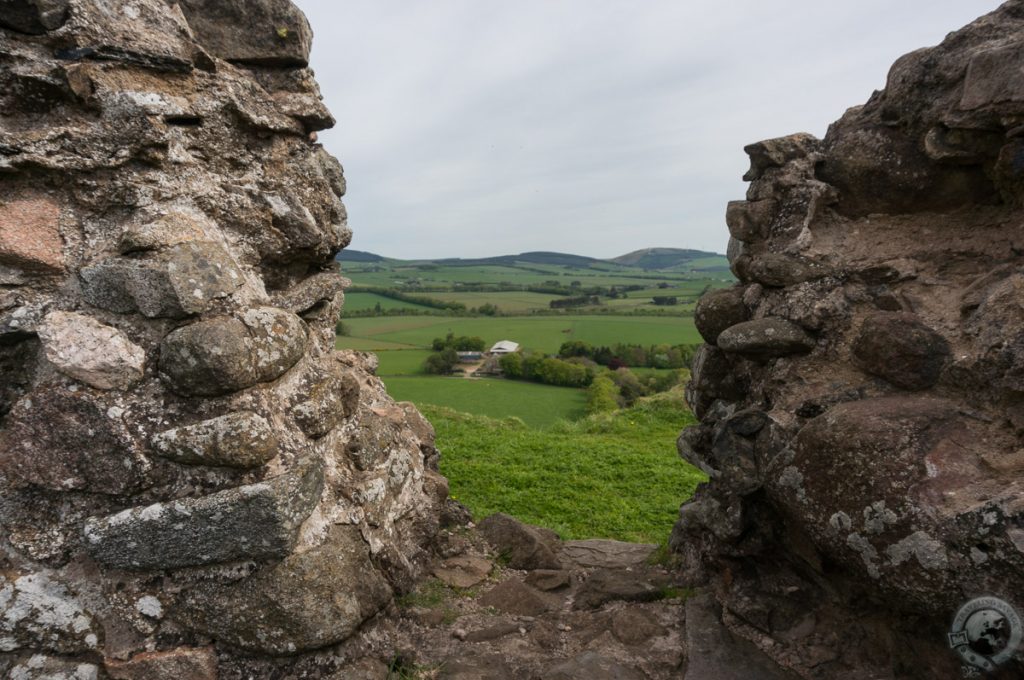
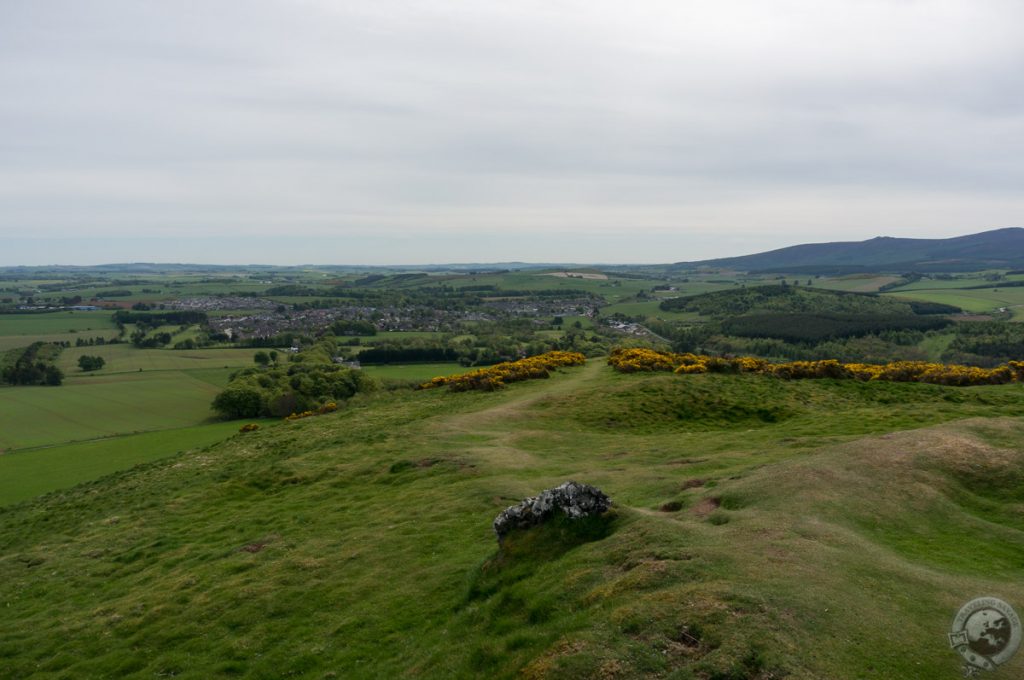
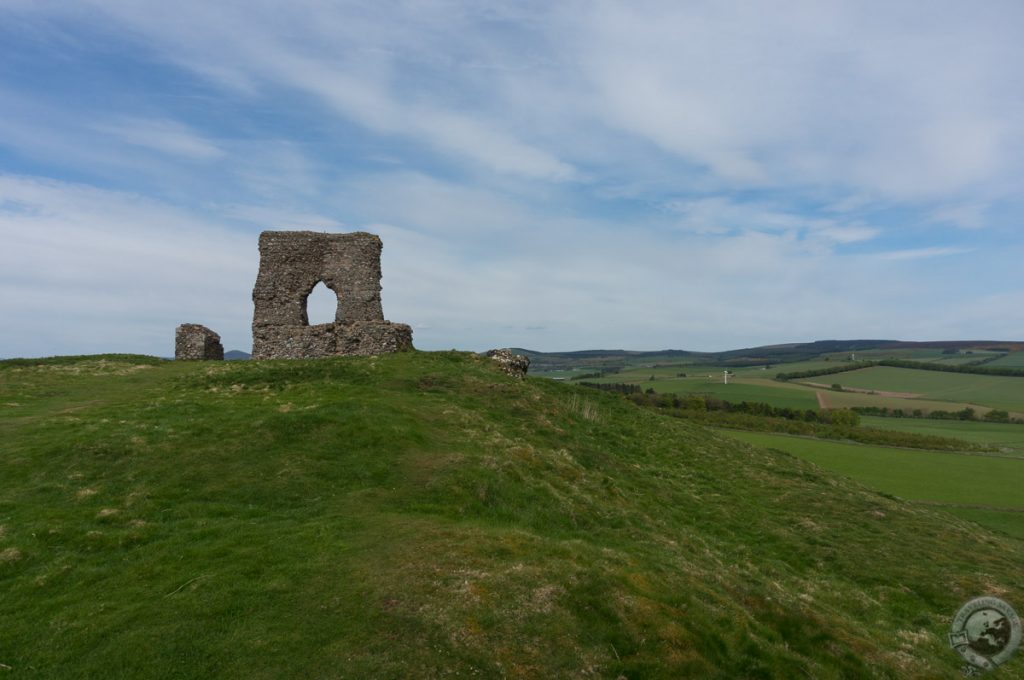
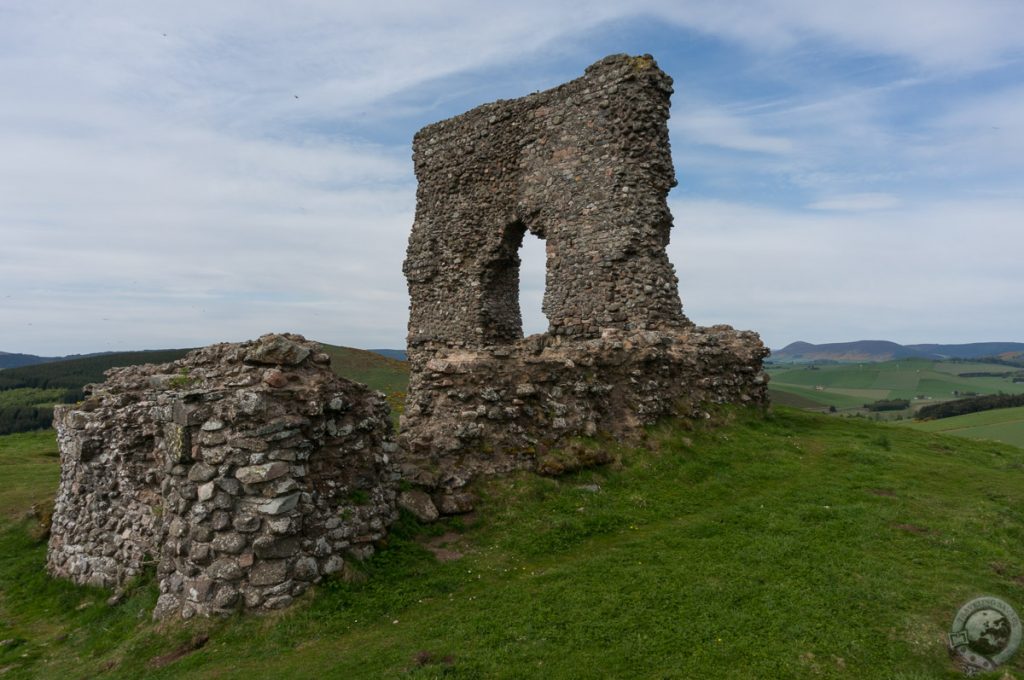
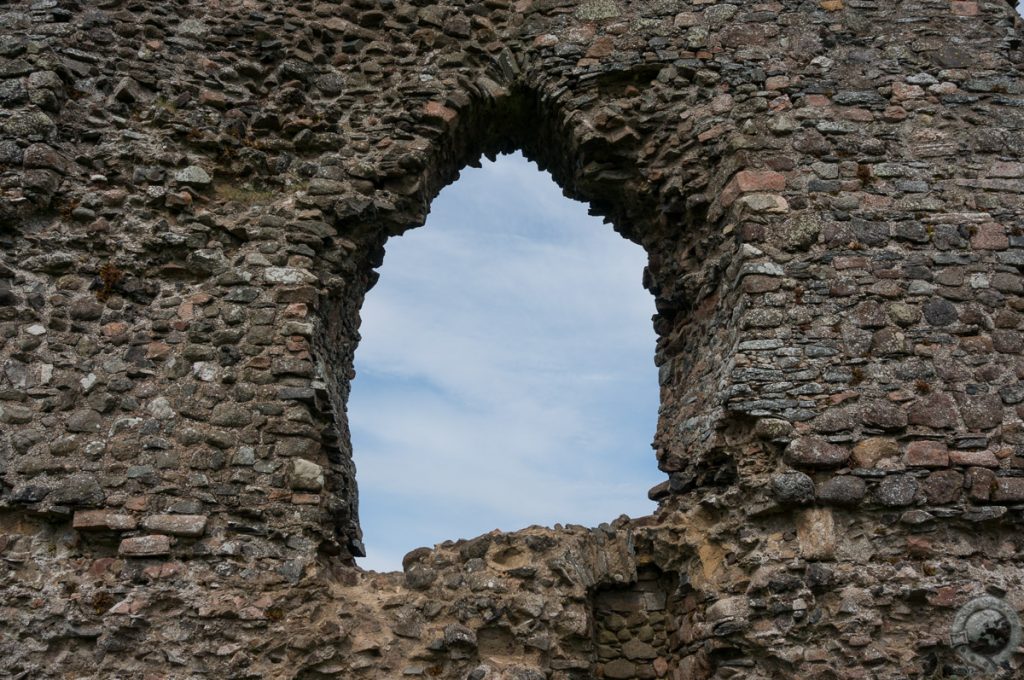
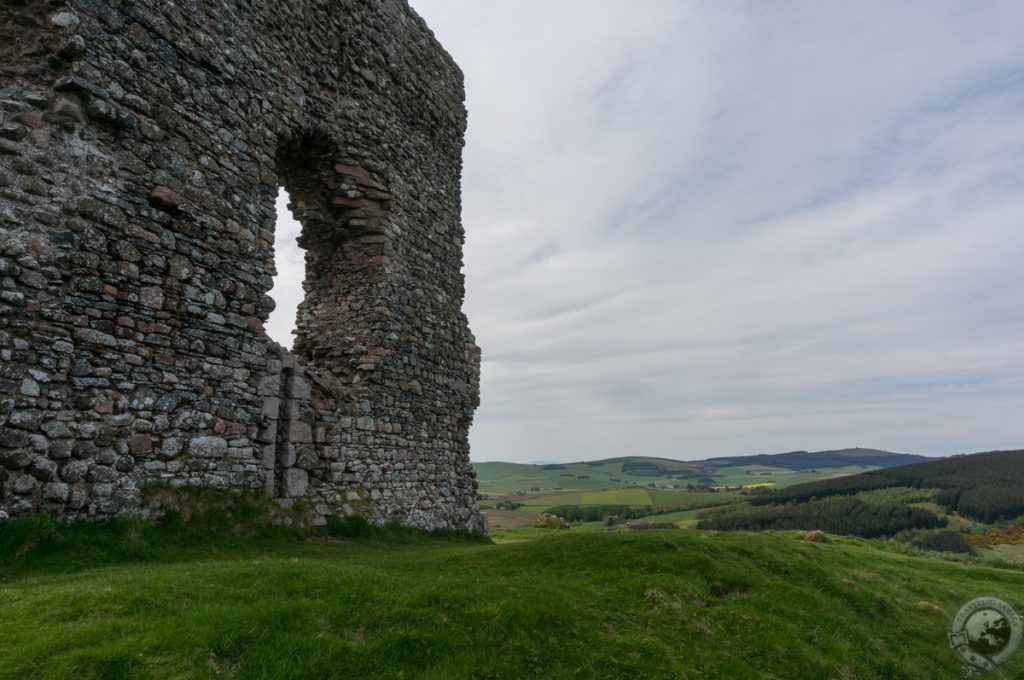
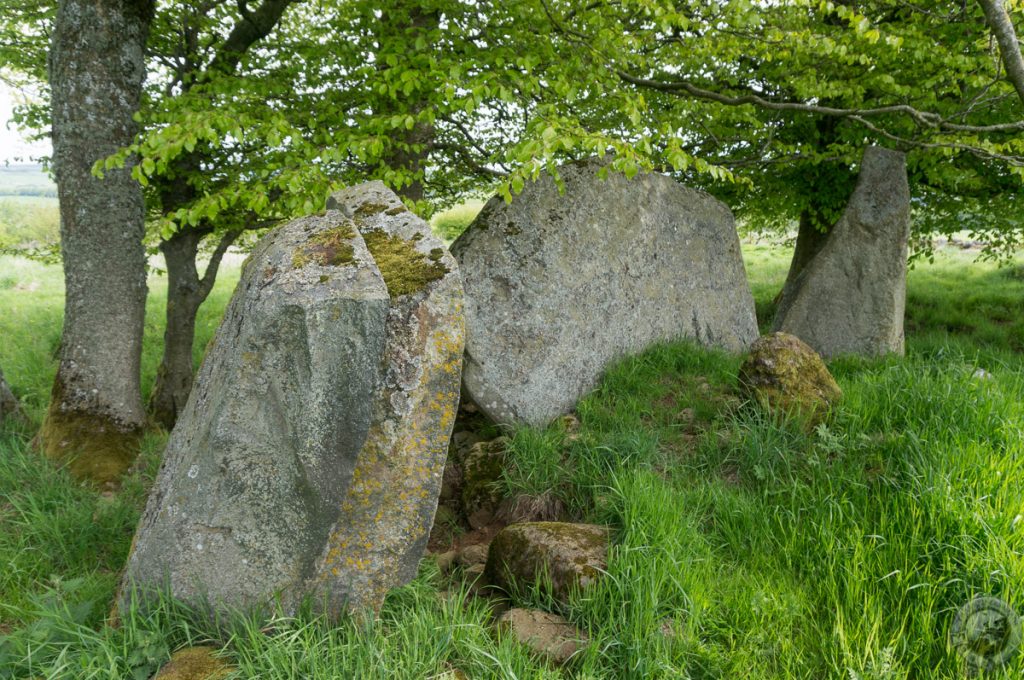
This is a beautiful and fascinating post! It led me to thinking about standing stones. When in Cheshire, England in 2013 my cousin took me to similar stones which have been identified as the Bridestones Neolithic Chambered Long Cairn from 3500-2400 BC. These are considered funerary stones, most likely of Vikings. The majority of these cairns are in Scotland with little more than two or three in England. Anyway there is an interesting story about this site in England and I bet there is another cool story about the Stones of Insch which you came upon in Scotland, too.
It’s always the history that compels me back, Vivian. Thanks for sharing this story, and for reading!
I always look forward to your emails. Your stories and the scenery are wonderful. I am heading back to Scotland in September 2019. My trip there in 2015 was amazing! My friends and I will be traveling and golfing for a week in September. We are also meeting friends, we made in 2015 while we were in Inverness. I can’t wait until we are there !
What camera do you use to take you photos? Your pictures are always so beautiful.
Jane
Hi Jane,
Thanks for reading! Sounds like you’re going to have an amazing return journey to Scotland! I’ve used a Sony NEX-6 for the last 5 years and really enjoyed it.